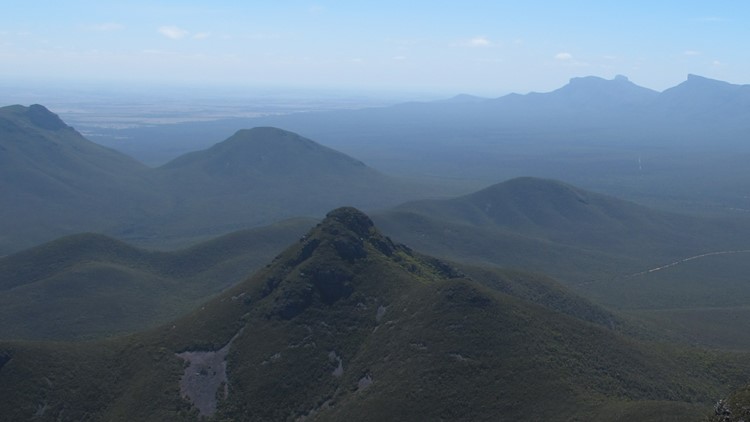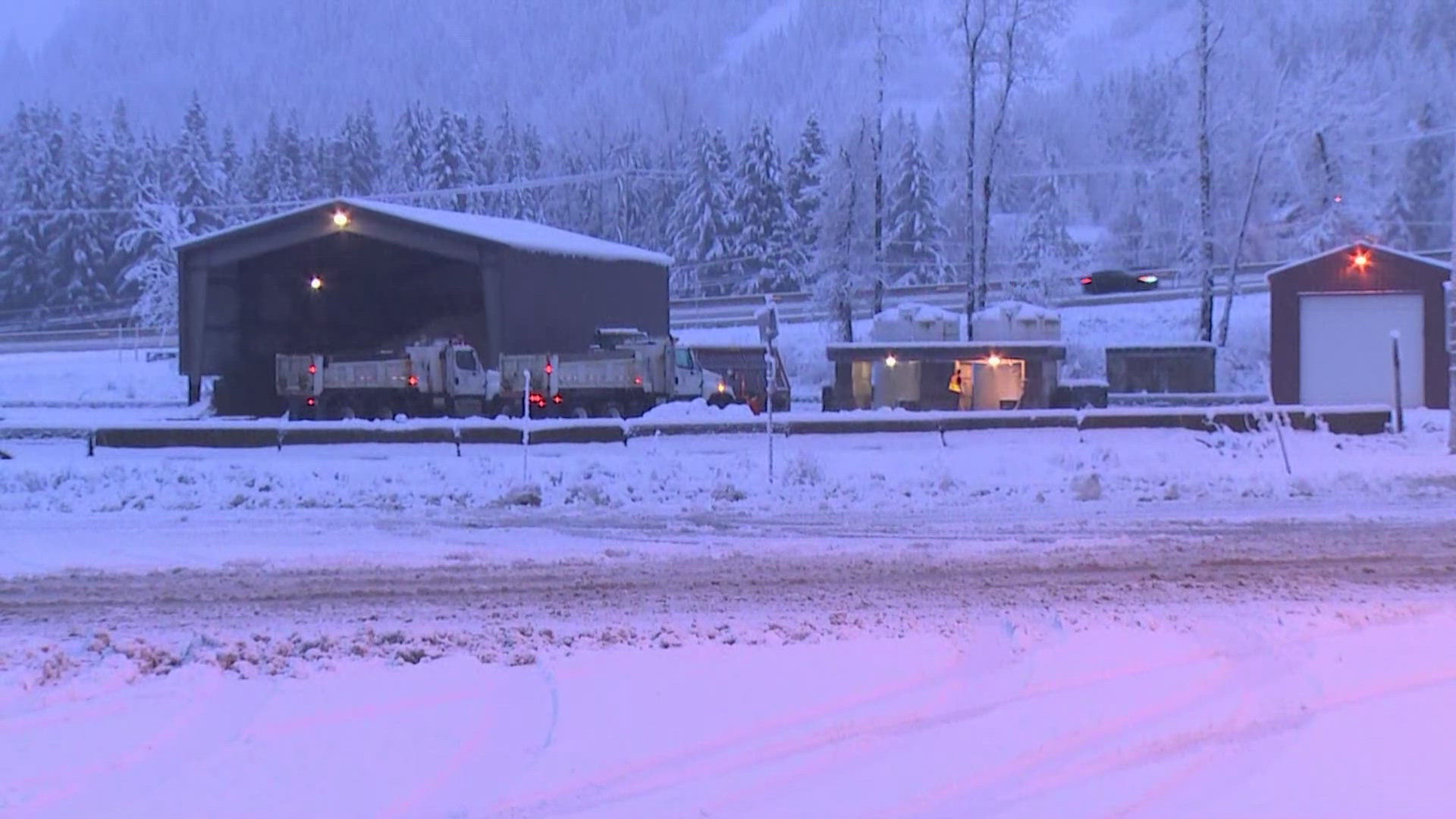Locals in Australia were treated to a breathtaking sight in June when a "waterfall" of clouds was captured cascading down the edge of a mountain -- and six months later, the video is still garnering attention online.
Cameron Bostock was able to witness the cloud waterfall himself at Bluff Knoll, the highest peak of the Stirling Range in the Great Southern region of Western Australia. Despite climbing to the peak four or five times before, he had never witnessed a sight like the one he saw that day.
"We got to the top, and it was just unreal. A massive, endless sea of clouds, and it waterfalled over the mountain face," Bostock, who is native to Perth but normally based in Tokyo, told Australia's ABC News. "It was pretty special."
The video went viral on social media with various news outlets sharing the video and reporting on it.
"It took off pretty fast, starting locally here in Western Australia and was picked up by news networks," Bostock told AccuWeather. "Soon it went viral worldwide. People loved the footage and story behind it and have had countless people searching for the same experience since."
The video gained notoriety once again earlier this month -- when a doctored version of the original was shared and reported on by multiple news outlets across the world as being taken in southern China on Dec. 9. Reports claimed the video showed the clouds cascading down Mount Lu, rather than Bluff Knoll, where the video was actually taken.
The viral foggy phenomenon requires very specific weather conditions to take shape, making it a rare sight to behold.
Clouds, though they may not necessarily seem like it, behave like liquids. They're made up of water vapor and air that has cooled causing condensation to form liquid droplets, which makes them visible to the human eye. Ice crystals can also be present in clouds when they form at a high altitude or in a cold atmosphere. Technically, clouds are composed of all three -- solids, liquids and water vapor -- but behave like a liquid.
In order for a cloud to form, the atmosphere must be unable to hold the amount of water vapor in the air in the form of vapor, causing it to condense into a liquid.
According to AccuWeather Senior Meteorologist Jim Andrews, the flowing nature of the waterfall of clouds is a result of a dense liquid, the cloud, flowing beneath a less-dense layer, the air above.
"I believe that the top of the cloud layer lies near the bottom of a 'temperature inversion' in which relatively warm, less dense air overlies colder, more dense air," Andrews said.
The dense layer, the cloud, then acts as a liquid, separate from the rest of the atmosphere.
Due to the specific conditions needed for the cloud waterfall phenomenon, the best time to witness one is either at night or early in the morning, as the air cools overnight.
"Nighttime cooling builds a relatively cold, dense, moist layer that results in fog and/or low clouds," Andrews said.
The presence of some sort of valley also increases the probability of the phenomenon coming to life.
"Like water over a dam or waterfall," Andrews said, the clouds are able to spill over the side of the barrier created by the mountain. If a ridge, such as the one of the mountain, is able to separate the cool layer from an area that did not condense as strongly into such a stable layer, the more stable barrier can sometimes spill over the side of the barrier due to gravity pulling it down in the same way water would be pulled.
The same phenomenon can happen with cold fronts being pulled down along a ridge, Andrews explained.
For anyone still curious about how the toppling clouds come to be, Andrews said the spectacle can be demonstrated at home with just salad dressing made of oil and vinegar.
Because the vinegar is denser than the oil, when it is dropped into the same container, the vinegar sinks to the bottom, just as the clouds in the waterfall-like phenomenon sank down the side of the mountain for the tourists to encounter.
"You have one liquid when shaken, but two liquids when allowed to rest in the bottle," Andrews explained. "This is somewhat like the atmosphere: one fluid (gas) when well-mixed, but potentially two (or even more) with the formation of a temperature inversion."
Anyone can try the salad dressing demonstration at home with a clear plastic or glass container that has two depressions separated by a ridge in the middle. Fill the container partway with the oil, then on just one side of the ridge add some vinegar, which will sink to the bottom. Tilt the container so the vinegar begins to spill over the ridge into the other side. The vinegar will sink below the oil, just as the cloud layer in the "waterfall" sinks to the bottom of the atmosphere.
Bostock told AccuWeather the sight was "surreal," and nothing like he had ever seen before.
Bostock is not the only one to have seen a cloud waterfall at work. The spectacle has been well documented across the Appalachian Mountains, including in Centre County, Pennsylvania, where AccuWeather's headquarters is located. Andrews said he has seen local photographs before of fog "spilling over" into a valley.
Despite documentation across the world, the sight Bostock was treated to in June was definitely a rare one.
"Clouds were literally on top of us at points along the ridge," Bostock said. "Something I'll never forget for sure."



